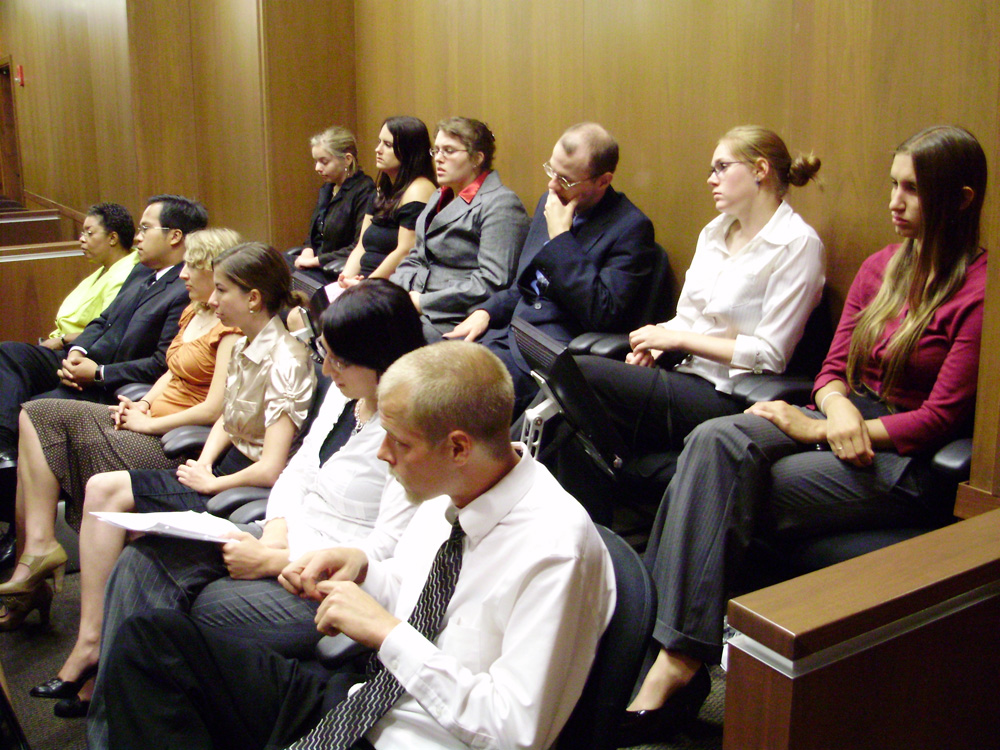 When the defense rests, the prosecution can follow with a rebuttal. Again getting another chance to poke holes through the defense's case. As the trial nears an end, the judge will give a final set of instructions to the jury before they deliberate. When the judge is finished, the jury will leave the courtroom in order to debate on the defendant's verdict. For a felony case, all the jurors have to agree on a verdict. However in some states, for lesser crimes, the vote may be a unanimous 10-2 or 9-3 decision.
When the defense rests, the prosecution can follow with a rebuttal. Again getting another chance to poke holes through the defense's case. As the trial nears an end, the judge will give a final set of instructions to the jury before they deliberate. When the judge is finished, the jury will leave the courtroom in order to debate on the defendant's verdict. For a felony case, all the jurors have to agree on a verdict. However in some states, for lesser crimes, the vote may be a unanimous 10-2 or 9-3 decision.When the jury give its verdict, if guilty, the defense usually has post-trial motions. The post-trial motions consist of the defense asking the judge to acquit the defendant of the charges or to retry the case.
Next week i will go into details of the sentencing process. Thanks for stopping by!

Sorry for the missed post last week everyone, my power was out from Hurricane Sandy this past Sunday. Instead of posting as soon as i got power back, i decided to wait until today to continue my blog on the trial part of criminal court proceedings.
ReplyDelete